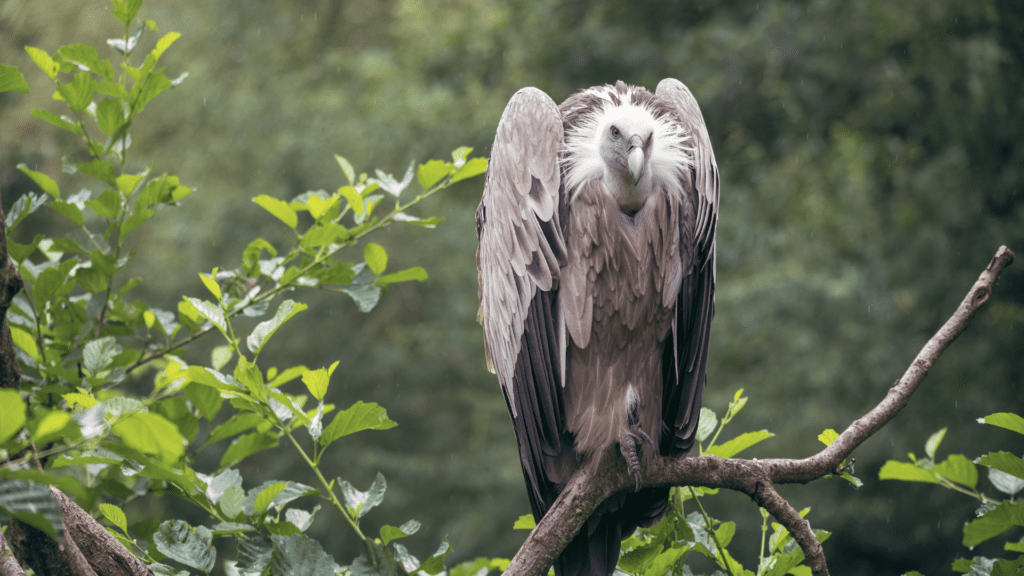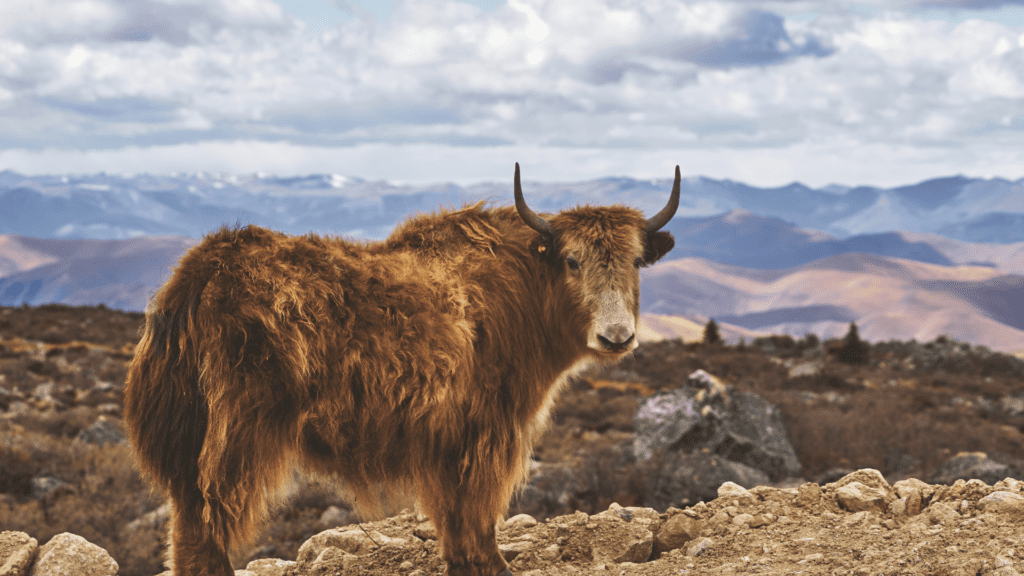People often come to the Annapurnas for the mountains—but they return for everything that lives within them. Beneath the white peaks that pierce the sky, a discreet world thrives: wild, free, resilient. Behind the towering summits lies another realm, more secret, more fluid—the world of forests, rocks, and winds, where an unsuspected wealth of wildlife hides.
The Annapurna region is one of Nepal’s most ecologically diverse. In just a few days of walking, you pass through lush rice fields, subtropical jungles, alpine slopes, and finally into the arid landscapes of Mustang. This variety of climates and altitudes allows for an extraordinary biodiversity: over 100 species of mammals, hundreds of birds, reptiles, butterflies… and above all, encounters that happen when you slow down enough to see.
They are the invisible guardians of these mountains. The snow leopard—rare and mythical—haunts the heights around Manang and more remote areas. Almost never seen, but often felt, it leaves footprints in the snow and shadows in the mind. Lower down, the common leopard is a more active predator in temperate forests, sometimes spotted at dawn along winding forest trails.
The Himalayan black bear, recognizable by the white crescent on its chest, emerges from hiding with the changing seasons. It feeds on roots, berries—and sometimes silence. Another phantom of the wild: the Pallas’s cat, a rugged, fierce little feline found in the semi-desert areas near Tibet.
These animals are rarely seen, but their presence transforms every trek. Even if you don’t spot them, you feel you are never truly alone.


The sky over the Annapurnas is an aerial stage. The undisputed king is the bearded vulture, or lammergeier—an immense raptor with fiery eyes, spanning nearly three meters wingtip to wingtip. It flies high and solitary, tracing slow circles above the ridges. One of the only birds on Earth to feed almost exclusively on bones, it drops them from great heights to shatter them on the rocks. With its eerie grace, it is a legend in its own right.
Flying alongside are Himalayan vultures—majestic and massive, often in groups—and the more discreet yet no less regal golden eagles. On the mountain passes, yellow-billed choughs dance in the wind currents, while in the villages, glossy black Himalayan crows seem to comment loudly on daily life.
High up, between rock and ice, move animals perfectly adapted to altitude. The Himalayan tahr, a mountain goat relative, climbs steep slopes with astonishing ease. Stocky, agile, and shy. Higher still, in the rocky zones near Mustang, you might spot the bharal—or blue sheep—often mistaken for the stones they resemble. Prime prey for the snow leopard, they are also marvels of balance.
And then there’s the yak—domesticated or semi-wild—a beast of burden and a creature of legend. Its breath in the cold air, its steady pace, its deep gaze: you cannot speak of Himalayan fauna without mentioning this essential companion of highland life.

Since the creation of the Annapurna Conservation Area (ACA)—Nepal’s largest protected region—this biodiversity has been carefully monitored. Local communities, guides, and trekkers all play a part in its protection. To observe wildlife here is also to learn how to respect it: walk quietly, keep your distance, and never feed the animals.
Nature in the Annapurnas is not a backdrop. It is alive, vibrant, and precious. It watches you pass by—even if you don’t see it.
